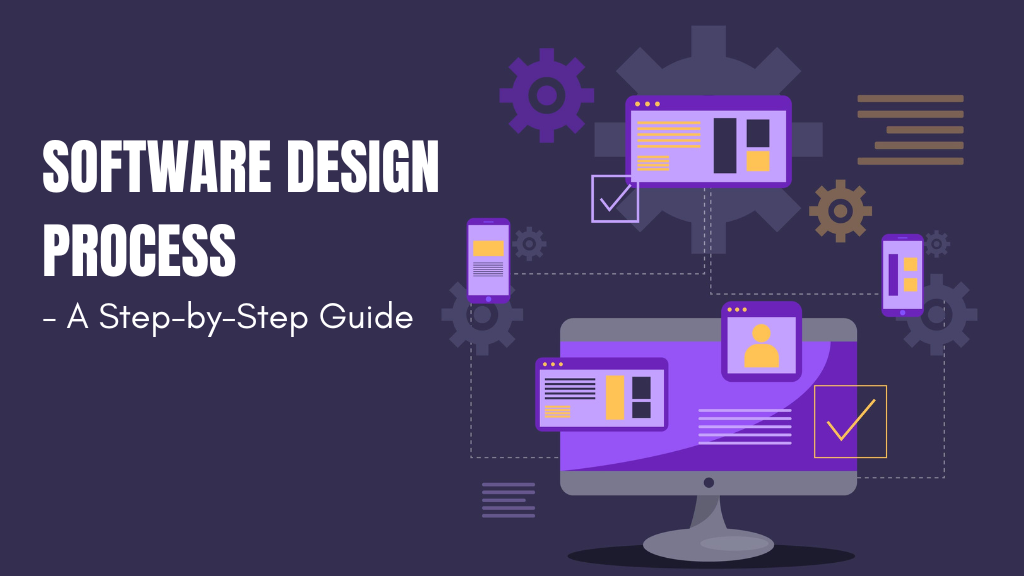Creative Corner
Explore a world of arts and crafts inspiration.
From Imagination to Screen: The Design Software Journey
Discover how imagination transforms into stunning visuals with top design software! Unleash your creativity and elevate your projects today!
Top 5 Design Software Tools to Bring Your Imagination to Life
In today’s creative landscape, having the right tools can significantly enhance your workflow and bring your ideas to fruition. Here, we present the Top 5 Design Software Tools that can empower your creativity and streamline your design processes. These applications not only offer a variety of features tailored for different design needs but also inspire innovation and collaboration among creators.
- Adobe Creative Cloud: A comprehensive suite that includes Photoshop, Illustrator, Premiere Pro, and more, making it a go-to for professionals.
- Sketch: Perfect for UI/UX design, this vector graphics editor allows for easy collaboration and prototyping.
- Canva: With its user-friendly interface, Canva is ideal for beginners looking to create stunning graphics quickly.
- Figma: This cloud-based design tool is excellent for real-time collaboration on web and mobile interfaces.
- CorelDRAW: Known for its versatility, this software is favored by graphic designers for its powerful vector illustration capabilities.

The Evolution of Design Software: How Technology Shapes Creativity
The evolution of design software has profoundly transformed the way artists and creators approach their craft. From early bitmap graphics programs to sophisticated vector-based applications, each iteration of design tools has expanded the boundaries of creativity. With the advent of cloud-based platforms and real-time collaboration features, designers can now easily share ideas and iterate on projects without the constraints of traditional workflows. The integration of artificial intelligence has also started to automate mundane tasks, allowing designers to focus more on innovation and conceptualization. This journey reflects a broader trend where technology increasingly shapes the creative process.
As technology continues to advance, we can expect exciting developments in how design software functions. Emerging trends such as virtual reality (VR) and augmented reality (AR) are introducing immersive environments where designers can visualize their work in three dimensions, offering new dimensions of creativity. Additionally, machine learning algorithms are beginning to analyze user preferences, tailoring tools to individual workflows and enhancing overall productivity. This synergy between technology and creativity not only broadens the scope of what is possible in design but also challenges creators to rethink their strategies in an ever-evolving landscape.
What Are the Key Features to Look for in Design Software?
When choosing design software, there are several key features to consider to ensure it meets your needs. First, look for a user-friendly interface that allows for an easy learning curve, making the design process efficient and enjoyable. Additionally, collaboration tools are essential if you work in a team. Features such as real-time editing and comment sharing can significantly enhance productivity and streamline communication. Furthermore, check for a library of templates and assets, as this can save precious time and improve design quality by providing readily available resources.
Another crucial aspect to examine is the software's compatibility with different file formats. A good design software should support various image, vector, and video formats to ensure versatility in your projects. Customization options are equally important, allowing you to personalize your workspace and tools to suit your workflow. Finally, consider the customer support offered by the software provider. Having access to comprehensive help resources, tutorials, and responsive support can make a significant difference, particularly when encountering challenges or bugs during your design process.